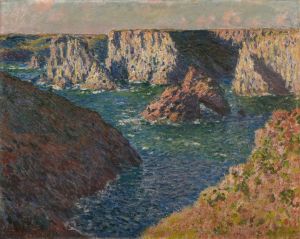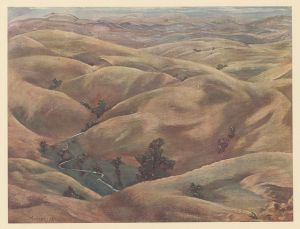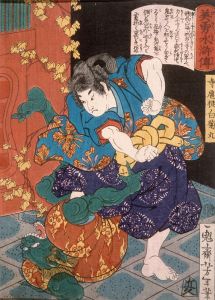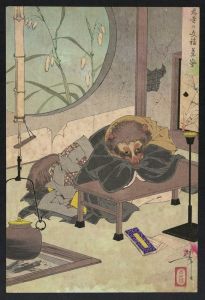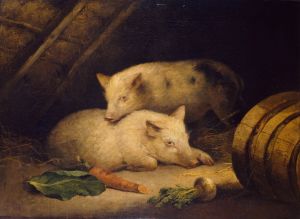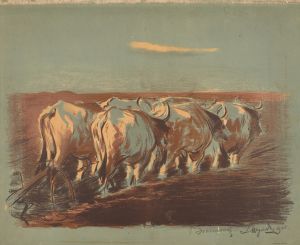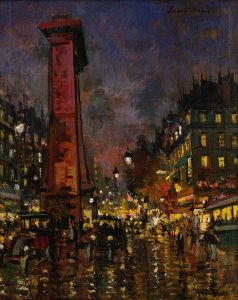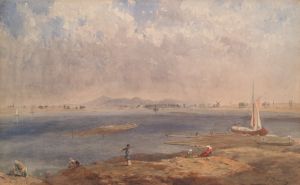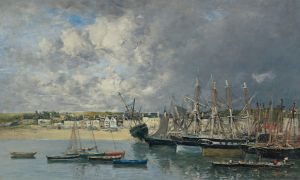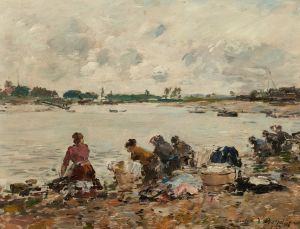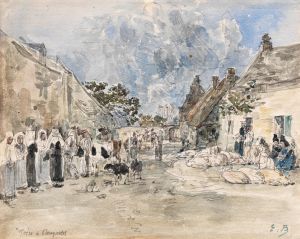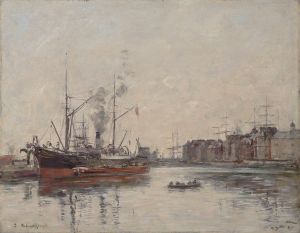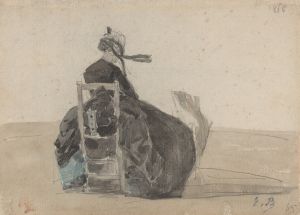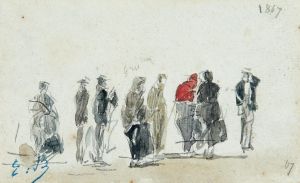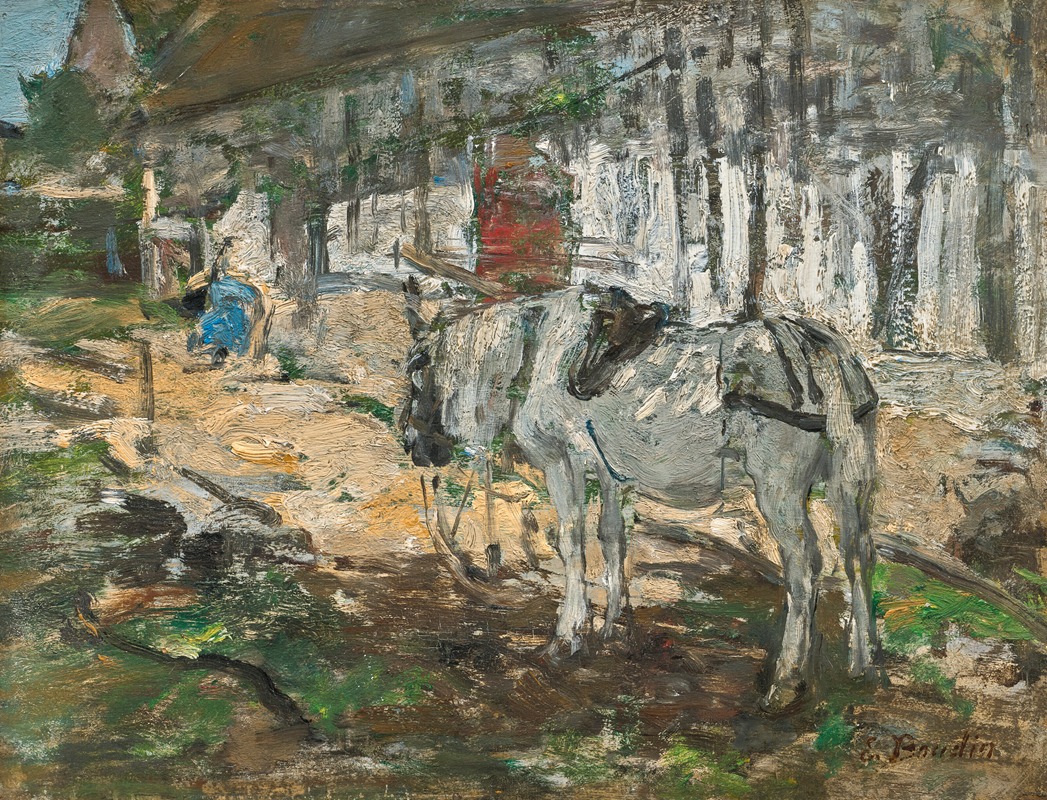
Cheval normand
A hand-painted replica of Eugène Boudin’s masterpiece Cheval normand, meticulously crafted by professional artists to capture the true essence of the original. Each piece is created with museum-quality canvas and rare mineral pigments, carefully painted by experienced artists with delicate brushstrokes and rich, layered colors to perfectly recreate the texture of the original artwork. Unlike machine-printed reproductions, this hand-painted version brings the painting to life, infused with the artist’s emotions and skill in every stroke. Whether for personal collection or home decoration, it instantly elevates the artistic atmosphere of any space.
Eugène Boudin, a prominent French painter associated with the Impressionist movement, is widely celebrated for his depictions of landscapes, seascapes, and scenes of everyday life. Among his works is Cheval normand (translated as Norman Horse), a painting that reflects Boudin's keen observation of rural life and his ability to capture the natural beauty of the French countryside.
Cheval normand portrays a horse, a subject that aligns with Boudin's interest in rural themes and his connection to the Normandy region, where he was born and spent much of his life. The painting exemplifies Boudin's characteristic style, which combines a delicate use of light and color with a loose, expressive brushstroke. His work often bridges the gap between the Realist and Impressionist movements, and Cheval normand is no exception, showcasing his ability to render naturalistic detail while also emphasizing the atmospheric qualities of the scene.
Boudin's artistic career was deeply influenced by his surroundings in Normandy, particularly the coastal landscapes and rural settings. While he is best known for his beach scenes and marine paintings, works like Cheval normand highlight his versatility and his interest in capturing the essence of rural life. The painting likely reflects the agricultural heritage of Normandy, a region known for its lush pastures and strong equestrian traditions.
As with many of Boudin's works, Cheval normand demonstrates his mastery of plein air painting, a technique that involves working outdoors to capture the transient effects of light and atmosphere. This approach was a precursor to the Impressionist movement, and Boudin's influence on artists such as Claude Monet is well-documented. Monet himself once referred to Boudin as his "master," acknowledging the older artist's role in shaping his own artistic development.
The exact date of Cheval normand is not definitively documented, but it is consistent with Boudin's broader body of work, which spans the mid-19th century until his death in 1898. The painting is an example of Boudin's ability to find beauty in ordinary subjects, elevating a simple rural scene into a work of art that resonates with viewers.
Today, Eugène Boudin's contributions to art are widely recognized, and his works are held in major museums and collections around the world. While Cheval normand may not be as widely known as some of his other paintings, it remains a testament to his skill and his deep connection to the landscapes and traditions of Normandy.





